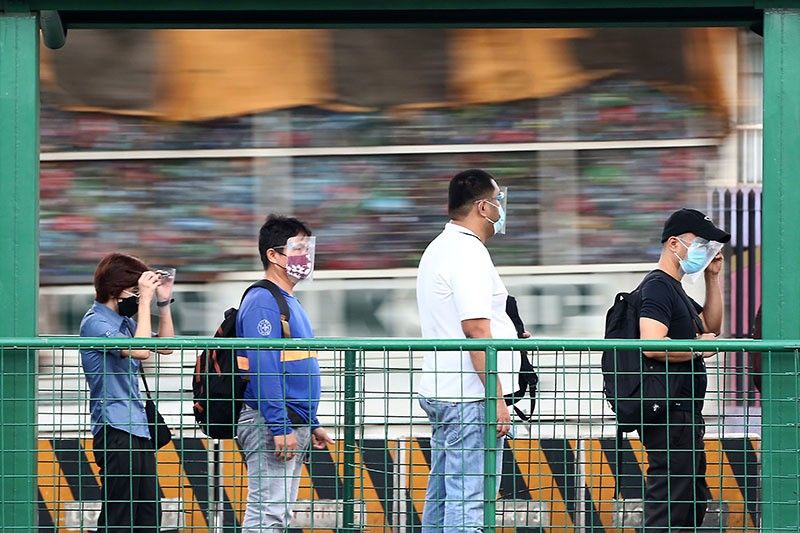More Filipinos will stay poor in 2023 if recovery turns 'regressive'

MANILA, Philippines — More Filipinos would remain trapped in poverty in the Philippines in 2023 if the government won’t mix policies addressing widening inequality in its pandemic exit strategy, the World Bank said Tuesday.
The grim outlook means poverty reduction in the country would be slower by 2.1 points in 2023 if recovery would only benefit rich households while the poor are worse off, World Bank said in an update of its report on East Asia and Pacific.
This represents 2.4 million fewer Filipinos escaping poverty in 2023. At the same time, the Washington-based multilateral lender warned that 2.1 million fewer Filipinos would achieve economic security by 2023 if the government won’t tackle the dangerous combination of slow economic growth and yawning wealth gap.
“More than 90% of those who will remain poor are expected to come from Indonesia, the Philippines, and Myanmar—the only country where the number of poor people will increase in 2021,” World Bank said.
“Unless progressive policies are implemented, inequality will increase and the pace of poverty reduction will decline in East Asia and Pacific countries,” it added.
Economic officials estimated that the country’s poverty rate likely jumped to 18.3% in 2020 from 16.7% in 2018. Those figures translate to about 20 million poor Filipinos last year, higher than 17.7 million in 2018 or before the pandemic struck.
As the economy recovers, the government forecasts poverty rate to fall to 17.9% this year, before further easing to 15.7% in 2022, which is equivalent to 17 million poor people. This means President Rodrigo Duterte won’t hit his goal of slashing poverty incidence to 14% by the time he steps down next year, as on-off lockdowns smash people’s income.
World Bank noted that governments in the region tried to cushion the impact of lockdowns on poor households last year through higher spending on social programs like cash aid. But the lender said social protection spending “may fall short of needs” this year especially among economies with the “weakest recovery”, including the Philippines where the government is grappling with a large budget deficit.
For 2021, World Bank slashed its growth outlook on the Philippines to 4.3% from 5.5% previously. The economy is forecast to expand 5.8% next year, lower than the Bank’s earlier projection of 6.3%.
World Bank expects growth to soften to 5.5% in 2023. That said, the Philippines is among the countries in the region that would likely remain short of where they were before the pandemic struck even in 2023, the lender explained. Meanwhile, China, Indonesia, and Vietnam have already surpassed pre-pandemic levels of output.
Exacerbating the situation are vaccine supply constraints that have been hampering the Philippines’ immunization program, which is key to preventing disruptive lockdowns in the future. According to World Bank, the Philippines and Indonesia are forecast to fully-vaccinate more than 60% of their populations by the first half of 2022.
- Latest
- Trending






























